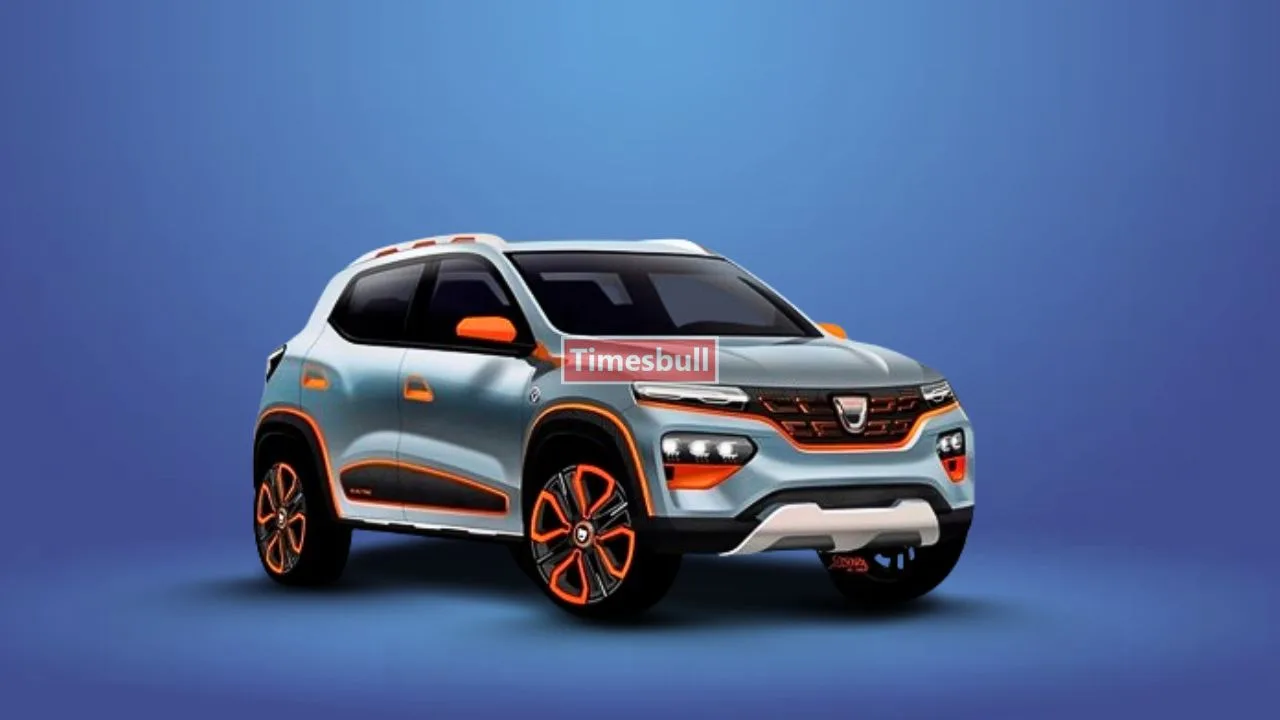Renault is making waves in the automotive industry once again with the unveiling of its newest hatchback, the Dacia Spring. This eagerly anticipated model, set to hit Indian roads as the Renault Kwid EV, follows closely on the heels of the popular Renault Duster. Let’s delve into what makes the Dacia Spring a compelling contender in the competitive Indian market.
Dacia Spring vs. Renault Kwid
Before we delve into the specifics of the Dacia Spring, it’s essential to understand its relationship with the Renault Kwid. Essentially, both vehicles are identical, sharing the same platform (CMF-A) and dimensions.
The primary distinction lies in their powertrain options: while the Renault Kwid is petrol-powered, the Dacia Spring comes exclusively as an electric vehicle (EV). With Renault’s recent announcement regarding the introduction of an A-segment electric car in India, the Dacia Spring EV is poised to assume the mantle of the Renault Kwid EV.
Design
Drawing inspiration from its larger counterpart, the Renault Duster, the Dacia Spring boasts a striking exterior design. The front fascia exudes confidence with its Duster-inspired DRL setup and strategically positioned headlamps. Notably, the charging socket for the battery is centrally located within the front grille, emphasizing its electric nature.
Moving to the side profile, familiar elements reminiscent of the Renault Kwid are evident, including squared wheel arches and prominent black claddings. The aesthetic appeal is further enhanced by sleek alloy wheels, albeit lacking an EV-specific design.
At the rear, a distinctive black plastic cladding adorned with bold Dacia lettering commands attention. LED tail lamps, a rear wiper, and a sleek antenna contribute to the overall allure. The cohesive design language ensures that the Dacia Spring retains its familiar silhouette while exuding a fresh and contemporary vibe.
Interior
Inside the cabin, echoes of the Renault Duster’s design ethos resonate, evident in the steering wheel, center AC vents, and touchscreen interface. However, features on the touchscreen may be pared down compared to the upscale Duster variant.
Circular design cues permeate the side AC vents, while a new digital instrument cluster adds a touch of modernity. The rugged yet refined interior ambiance is sure to captivate discerning buyers.
Advanced Features
Equipped with Advanced Driver Assistance Systems (ADAS), the Dacia Spring prioritizes safety with features such as lane-keeping assistance and advanced emergency braking. Standard dual airbags may see an upgrade to six airbags upon its India debut, enhancing overall safety standards.
Under the hood, the Spring EV boasts a single battery pack offering two power variants: 43bhp and 65bhp. The 26.8kWh battery pack promises a range of over 200km, catering to varying driving needs. Charging capabilities include compatibility with both AC and DC chargers, ensuring convenience and flexibility for users.
Launch
While the Dacia Spring’s design has been unveiled, Indian consumers can expect its arrival post-2025. Positioned as an entry-level EV, it is poised to rival the Tata Tiago EV, signaling Renault’s commitment to sustainable mobility solutions. As we eagerly await its debut, all eyes are on Renault’s imminent launch of the Duster, promising a resurgence in the segment.




